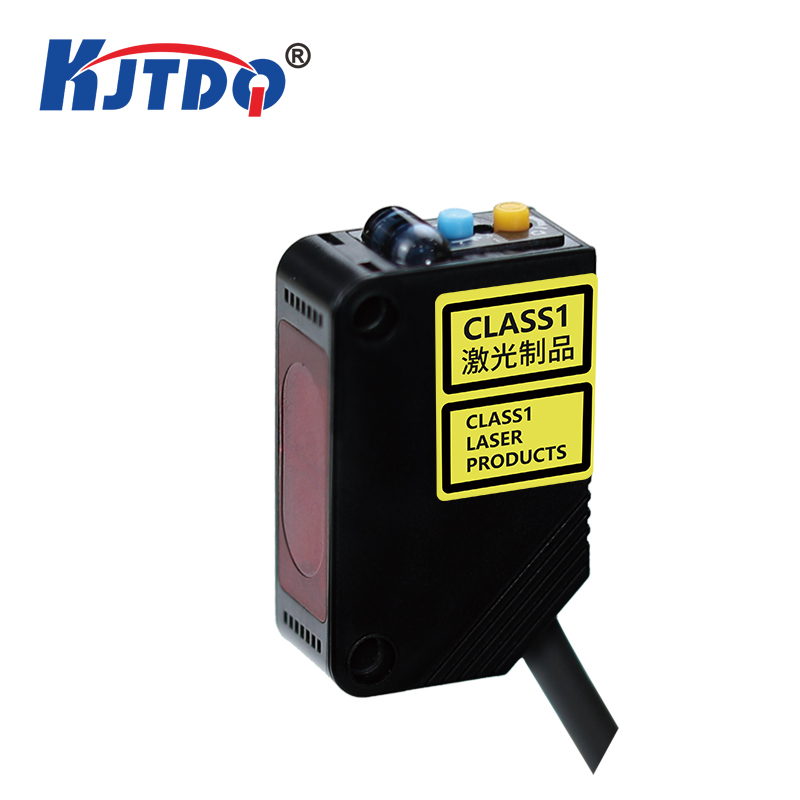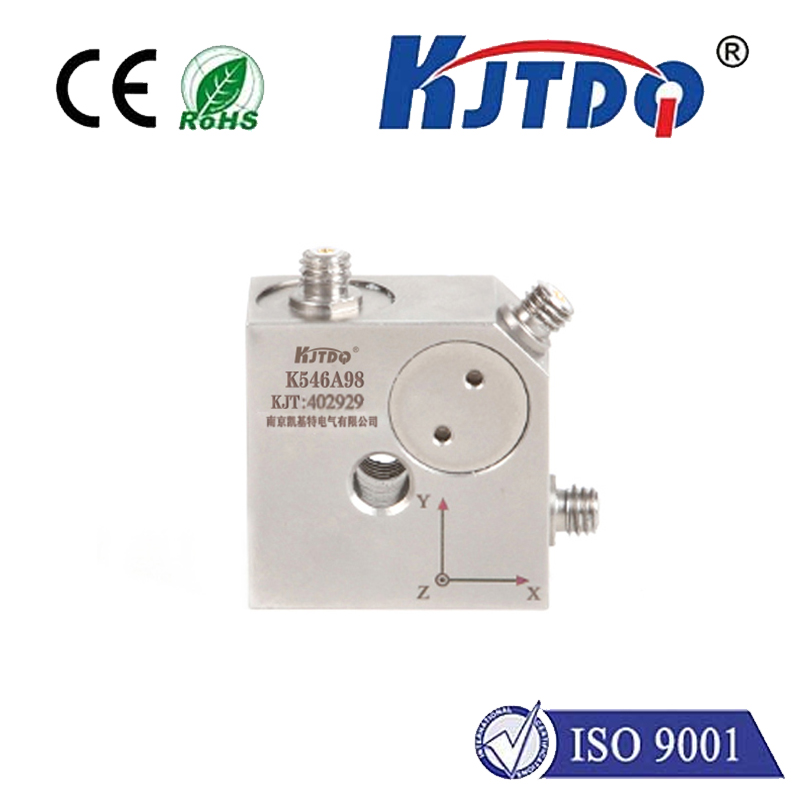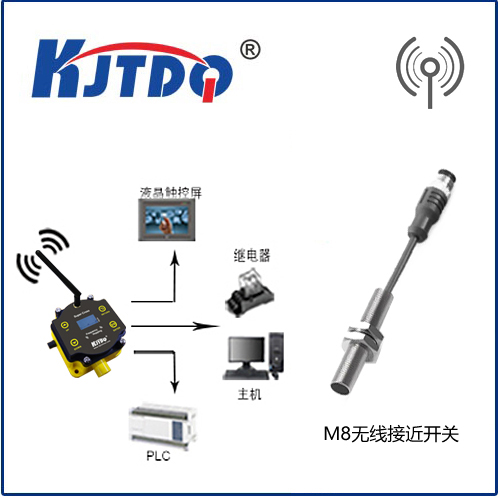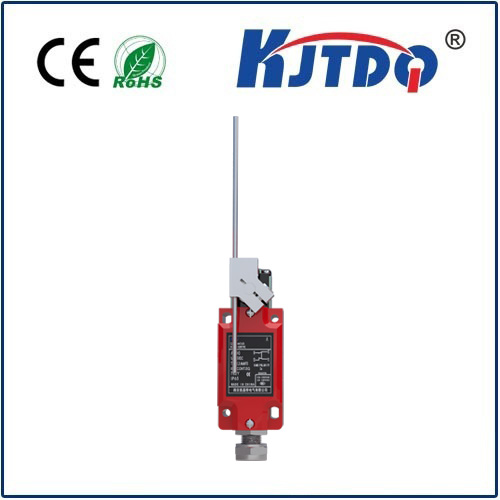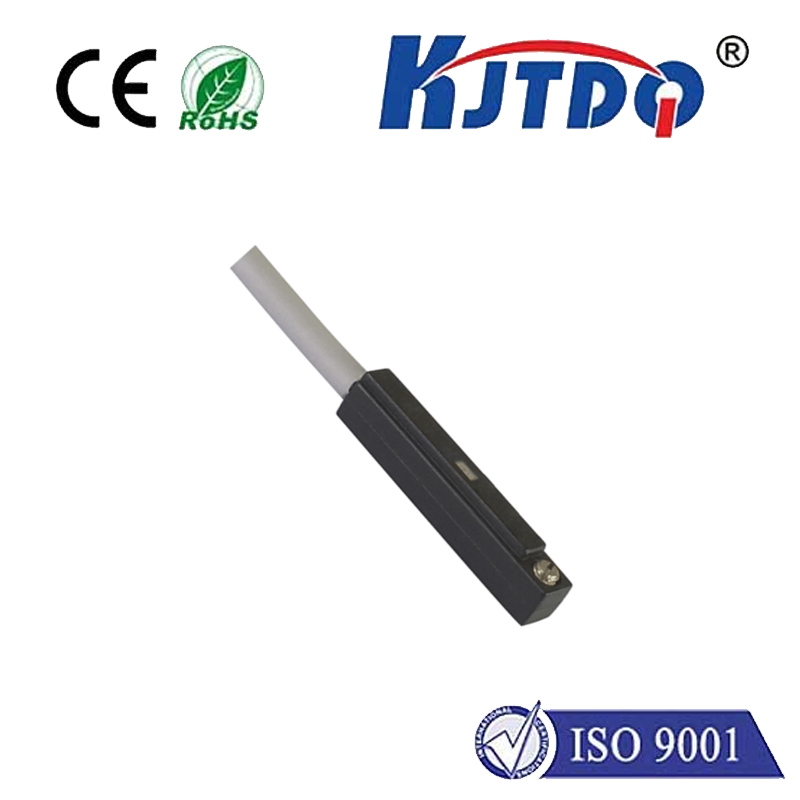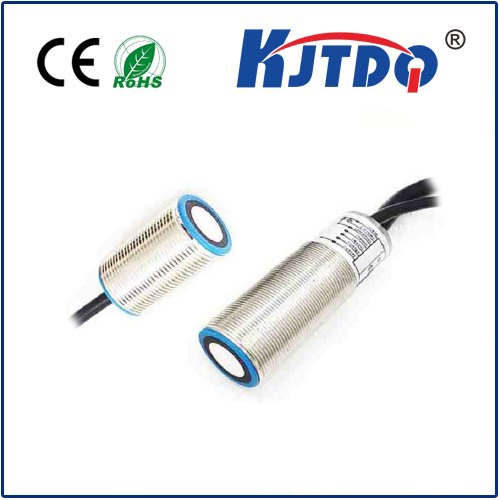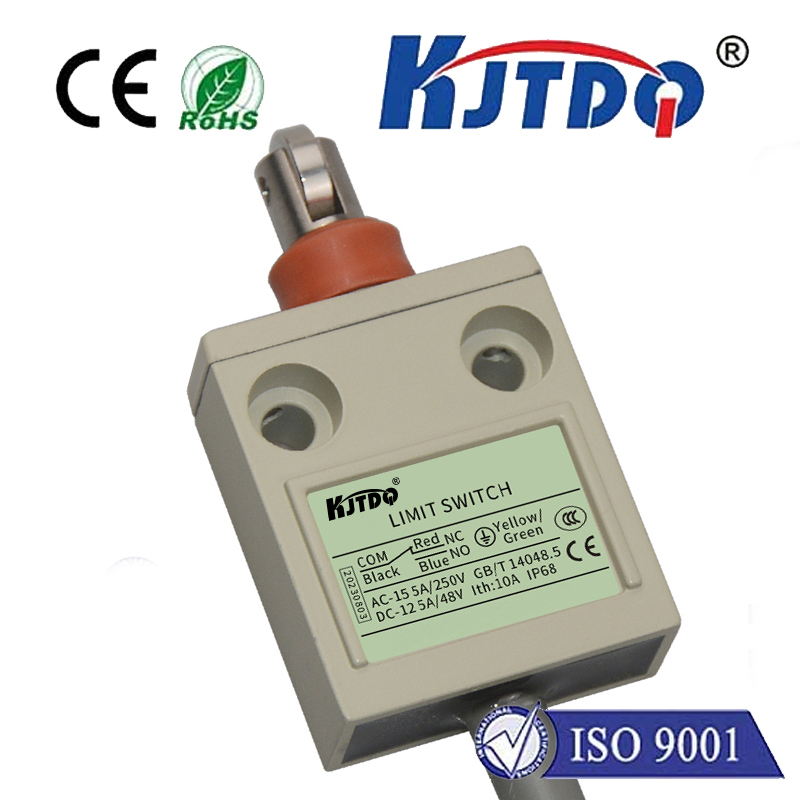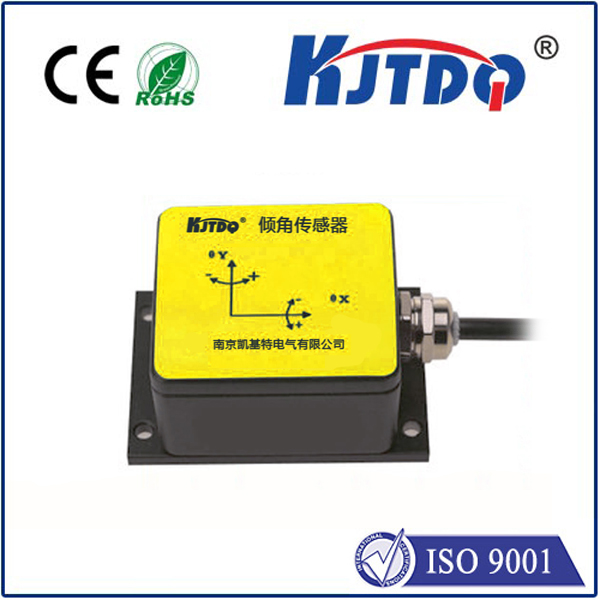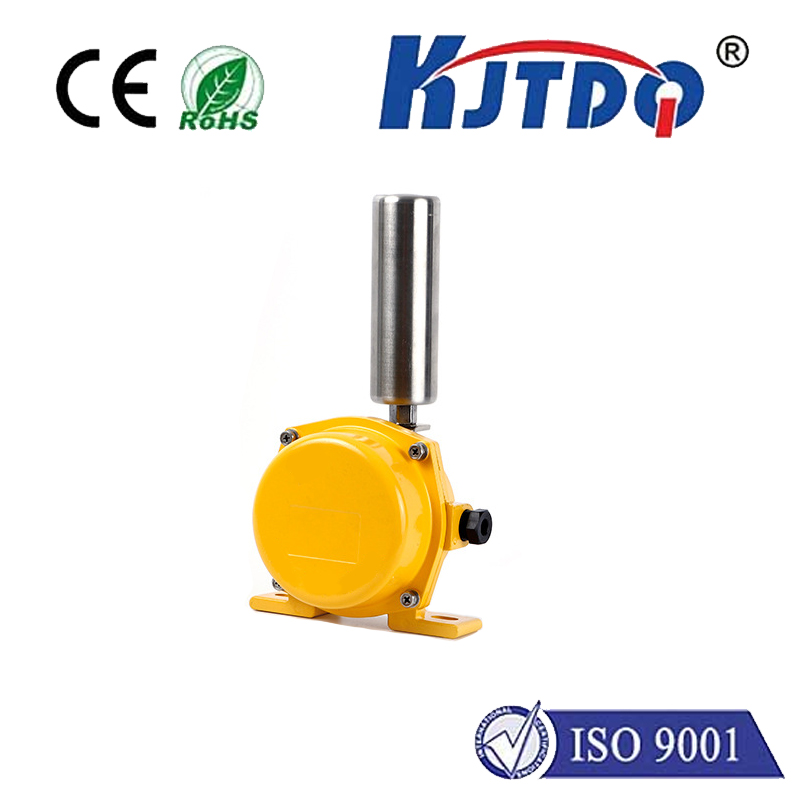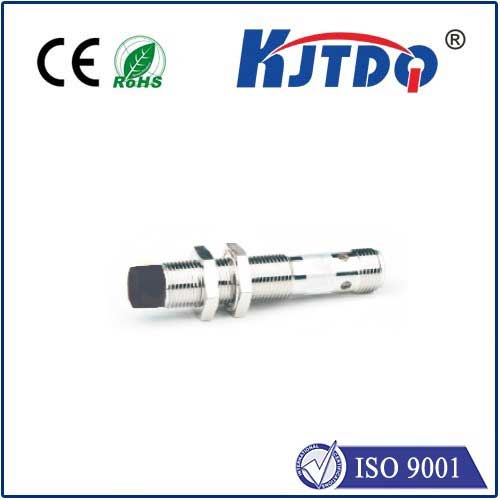proximity sensor sensing range
- time:2024-10-14 18:02:58
- Click:0

Title: Understanding the Proximity Sensor Sensing Range: A Comprehensive Guide
Introduction
In today’s technologically advanced world, proximity sensors have become an integral part of our daily lives. They are used in a wide range of applications, from smartphones and tablets to industrial automation systems. One of the most critical aspects of proximity sensors is their sensing range. In this article, we will explore what proximity sensor sensing range is, how it works, and its significance in various applications.
What is Proximity Sensor Sensing Range?
Proximity sensor sensing range refers to the distance within which a proximity sensor can detect the presence of an object. It is typically measured in millimeters or centimeters. The sensing range of a proximity sensor depends on several factors, including its type, design, and application.
Types of Proximity Sensors and Their Sensing Ranges
There are several types of proximity sensors available, each with its own unique sensing range. The three most common types of proximity sensors are inductive, capacitive, and optical.
- Inductive Proximity Sensors: These sensors use electromagnetic fields to detect the presence of metallic objects. They have a sensing range of typically 2-50mm, depending on the sensor’s design and application.
- Capacitive Proximity Sensors: These sensors use electrostatic fields to detect the presence of conductive or dielectric materials. They have a sensing range of typically 1-15mm, depending on the sensor’s design and application.
- Optical Proximity Sensors: These sensors use light beams to detect the presence of objects. They have a sensing range of typically 0.5-30m, depending on the sensor’s design and application.
Factors Affecting Proximity Sensor Sensing Range
Several factors can affect the sensing range of a proximity sensor, including:
- Object Size and Shape: The size and shape of the object being detected can impact the sensing range of a proximity sensor. Larger objects may be detected from a greater distance than smaller ones.
- Material Composition: The material composition of the object being detected can also affect the sensing range of a proximity sensor. For example, metal objects may be detected at a greater distance than non-metallic ones.
- Environmental Conditions: Environmental conditions such as temperature, humidity, and electromagnetic interference can also impact the sensing range of a proximity sensor. It is essential to choose a proximity sensor that is suitable for the specific environmental conditions where it will be used.
Significance of Proximity Sensor Sensing Range
The sensing range of a proximity sensor is a critical factor in determining its suitability for a particular application. A proximity sensor with a short sensing range may not be able to detect objects that are too far away, while a proximity sensor with a long sensing range may not be able to detect objects that are too close. Therefore, it is essential to select a proximity sensor with an appropriate sensing range based on the specific requirements of the application.
Conclusion
In conclusion, proximity sensor sensing range is a crucial aspect of proximity sensors that determines their ability to detect objects within a specific distance accurately. Different types of proximity sensors have different sensing ranges, depending on their design and application. Factors such as object size and shape, material composition, and environmental conditions can also impact the sensing range of a proximity sensor. Understanding these factors is essential for selecting the right proximity sensor for a specific application.





